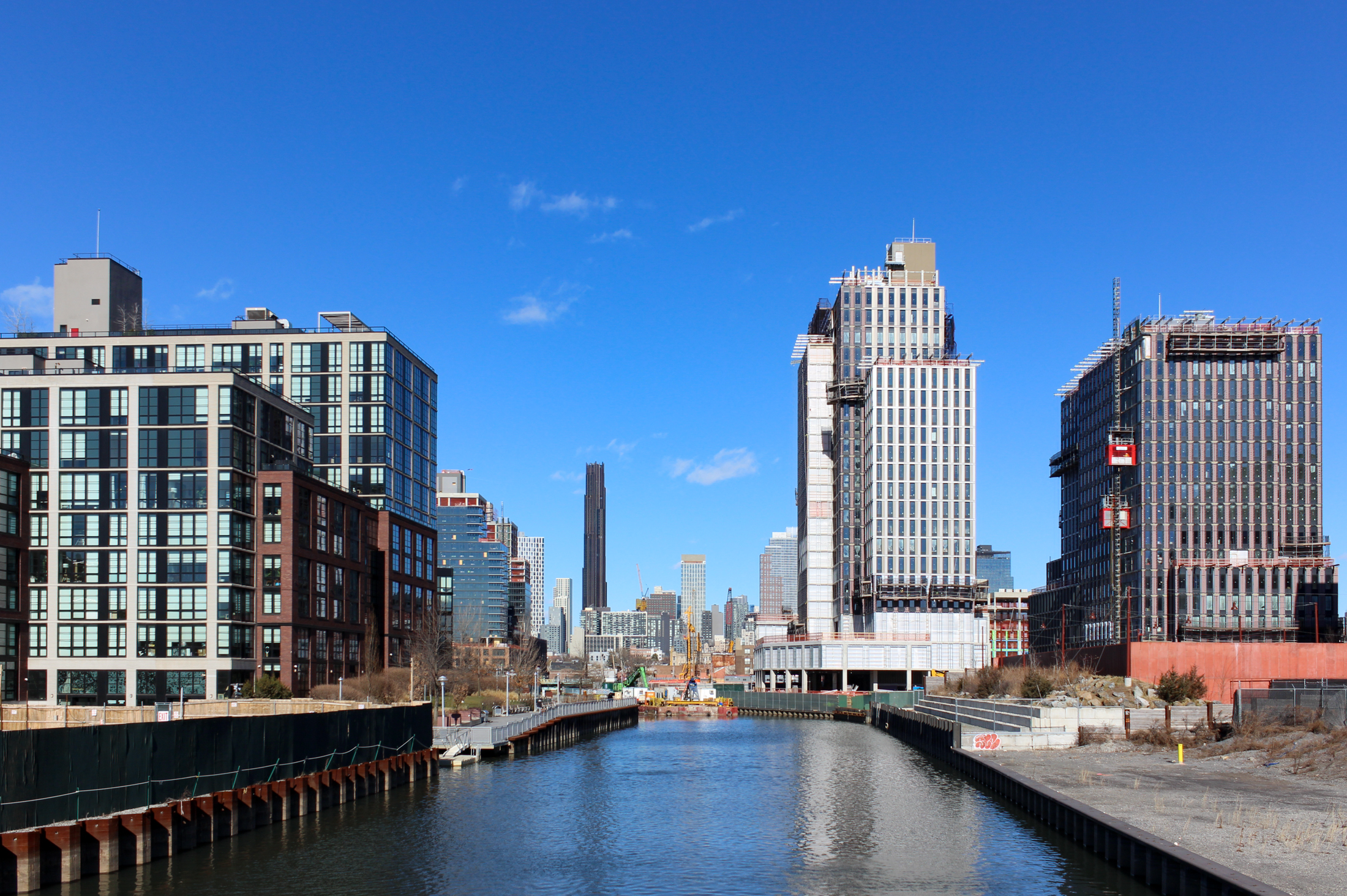The New Yorker: For Arena, Against Yards
Yesterday The New Yorker added its $0.02 to the discussion of the Barclays arena design, the centerpiece of Bruce Ratner’s Atlantic Yards development and future home of the New Jersey Nets. Paul Goldberger gives light praise to the new design from SHoP architecture firm, but condemns the greater Yards development: The results are good enough…


The results are good enough to take the architectural argument against the project off the table. Maybe it’s as good as Gehry’s building [who originally designed the arena but was dropped due to his high price tag] … This arena is going to be every bit as connected to the street life of downtown Brooklyn as Gehry’s would have been. It’s not the box everyone feared. But then again, so what? The rest of Atlantic Yards still remains—too big, and too indifferent to the fabric of residential Brooklyn, which it abuts … the city would be better off if Ratner could simply build the arena and leave it at that.
Norman Oder at The Atlantic Yards Report parses some of Goldberger’s words, primarily pointing out the finer details that The New Yorker‘s short piece couldn’t include or glosses over: concerns regarding the arena greater than its design, such as the overall cultural and fiduciary cost to Brooklyn, plus the fact that many of the controversial actions taken by developer Forest City Ratner (zoning overrides, eminent domain) were predicated on supposed public benefits such as affordable housing. If Ratner simply built the arena and left it at that, Oder argues, we could be left with money-losing, neighborhood-wrecking arena. He writes: “In other words, it’s not just a story about architecture.”
Paul Goldberger: Frank Gehry’s Replacement [New Yorker]
What About the Parking? [AYR]
IBO Reports Net Loss from Arena [Brownstoner]
New Barclays Center Design Revealed [Brownstoner]









State Law(actually the State Constitution) prohibits using eminent domain by the ESDC except for subsidized housing developments- the use for the Arena alone is not permissible…another lawsuit.
The New Yorker I believe has never been a strong architectural/public policy commenter, but the value of this piece is that it puts the plan into the court of persons who have likely not heard much about it.
For all the growth and expansion of Brooklyn, there is a sizable portion of New yorkers to whom this fair borough is an opaque mystery or an afterthought.